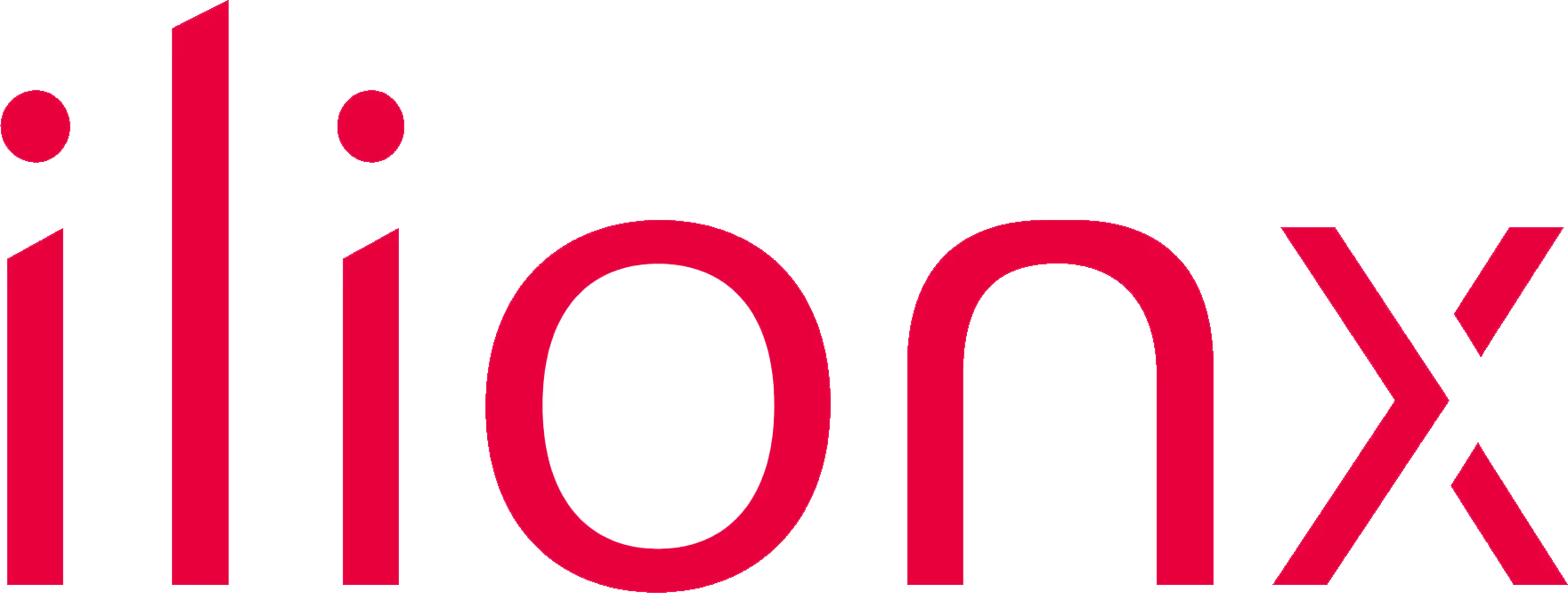HealthTech Provider
Enabling Secure, Scalable Kubernetes for a Global Healthtech Platform

Business overview
This innovative healthcare technology provider is reshaping the operating room experience by delivering a vendor-neutral, AI-powered surgical intelligence platform. Operating globally, with roots in Europe and the U.S., they support thousands of surgical suites and millions of procedures annually. Their platform integrates diverse data streams (video, devices, EHRs, audio, and outcome metrics) to provide real-time guidance during operations, post-surgery analysis, and strategic insights for clinical teams, hospital administrators, device manufacturers, and insurers. Originally developed to enhance patient safety, workflow efficiency, and case quality, their solution enables remote collaboration and continuous review while maintaining strict data privacy protocols. By unifying clinical intelligence, the company helps care providers optimize surgical performance and drive measurable outcomes in and around the operating room.
The challenge
As demand for their surgical intelligence platform grew, this healthtech company faced increasing complexity in delivering and managing containerized applications across a globally distributed infrastructure. Their development teams needed to rapidly iterate and deploy software while ensuring strict compliance with healthcare data regulations. However, a lack of centralized control made it difficult to enforce security standards, streamline workflows, and support developers working across varied environments. The existing approach also limited visibility and consistency, creating friction between engineering velocity and operational governance.
Key challenges included:
The team leader estimates it took six months to get his 7-person development team to become productive with Docker and Kubernetes, highlighting the steep learning curve they faced.
“Skilled talent is an issue for us because it takes 6 months to ramp to the necessary Docker and K8s skill level. With Portainer it really shortened the time to productive down to weeks. Just the ability to see if it’s actually running is an important immediate feedback loop that shortens the learning curve. Our next dev guy in the door is going to cost us over $200k, so quick time to productivity is critical, particularly when given we are a startup!”
Team Lead, Development
The real-world impact of smarter container management.
More productive
Increased profit from revenue
Productivity savings
The solution
To overcome these challenges, the company adopted Portainer as a centralized platform for managing its Kubernetes-based environments. Portainer provided a secure, consistent, and easy-to-use interface that gave developers self-service access while allowing platform teams to enforce governance, security, and operational best practices. With Portainer, the company was able to standardize application delivery pipelines across multiple teams and geographies, accelerate development cycles, and ensure compliance with strict data handling regulations. The platform’s intuitive UI and role-based access controls helped bridge the gap between development and operations, empowering teams to move faster without compromising control or visibility.
Deployment times have improved as the development team is now able to deliver additional stories during each two-week sprint. The team typically aims for 13 stories per sprint, and with Portainer, they now complete 2 additional stories - a 10–15% improvement in output. Given an average fully burdened cost of $170,000 per developer or QA engineer per year, this enhanced productivity across a 10-person team (7 developers and 3 QA) translates to a significant ROI: US$170,000 per year the additional productivity is a significant $170,000 x 10 (7 developers and 3 QA) x 10% (lower level of the estimated enhancement) = $170,000 in annual productivity gains.
The ability to scale is a critical business priority. The company’s new AWS-based cloud solution, powered by containerized software managed through Portainer, is expected to significantly reduce the cost of deploying new software and supporting existing field applications. This is expected to increase profit from revenue by an estimated 30-40%. While Portainer is just one part of the overall solution, it plays a key role in enabling this new capability.
Blackrock, one of the company's investors was particularly interested in Portainer’s ability to address the scale problem. The present older desktop solution, which is being replaced by the new AWS containerized solution is currently 90% of the cmopany's annual revenue. Each desktop version was sold for an average of $70,000, but the margins were low due to the need for on-site installation by specialized technicians. The Manager of Software Development estimates the new application will improve margins by 30-40%. The estimated impact on profit from revenue is significant: $70,000 (average annual software subscription) × 500 (next installations) × 30% (lower level of enhanced operating margin range) =$10,500,000.
“Life prior to Portainer, I was doing all of the triage 'unblocking' of our software engineers. Now, if an engineer tries something out and it doesn’t work on Portainer, he can’t push it out. Portainer forces our developers to unblock and be self-organized. This means all eight of us can triage a problem – not just me.”
"We are better able to scale because Portainer has secure push-button to deploy capability streamlining version control and maintenance. And tomorrow when the new application is running live in every OR; we can remotely monitor our software because Portainer goes from green to red on the dashboard. This might sound simple and inconsequential but it’s not. We’ll know immediately if an OR isn’t able to run our application and we can immediately respond before a doctor arrives to perform surgery.”
“Because our dev is going so smoothly we are talking about an additional two use cases already. Robotics video review for training new doctors is the first. And we have a French Health insurance provider who insures 200,000 ORs. We are talking about them being able to offer lower premiums for all of their clients who use our solution in the OR.”












.avif)

.avif)

.avif)


